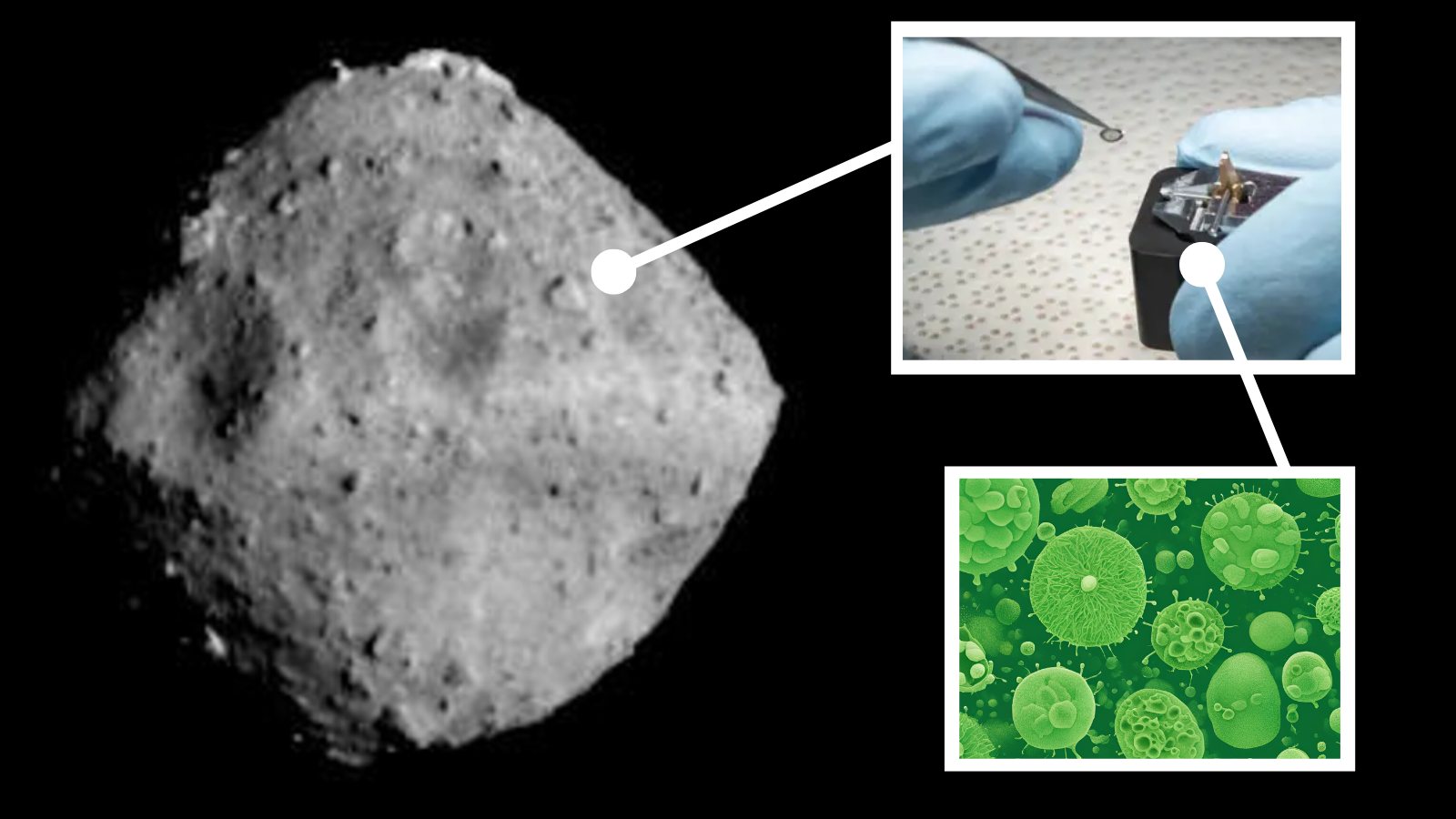New Device Monitors Space Station’s Electric Shock Potential
WASHINGTON(ISNS) -- It's a phenomenon that is annoyingly familiar to almost everyone. You walk across a carpeted room on a dry winter day and touch a metaldoorknob. The static electricity that built up when trillions of electrons werescraped off the atoms in your shoes as you crossed the room reveals itself in aminor, but startling, shock.
This isn't exactly what happens in space, but static electricity can develop,and for a spacewalking astronaut reaching out to touch the surface of theinternational space station (ISS), it could be a serious problem.
Like a person walking across a carpet, the ISS accumulates a charge as itorbits the Earth, plowing through the ionosphere, the upper atmospherecontaining charged particles.
The interaction of charges in Earth's upper atmosphere with spacecraft surfaceshave been studied for many years, but predicting how they will behave in aspecific situation, such as an accumulation of excess charge on a cargo baydoor, is very difficult.
Furthermore, large differences in charging between two adjacent surfaces canlead to an arc discharge that can physically harm surfaces of the ISS,especially the thermal control coating. If such an arc discharge were to strikean astronaut, it could be very dangerous.
A new voltage-sampling device for monitoring the local electrical environmentof the ISS has been successfully tested. The device, called the floatingpotential measurement unit, was built by scientists from Utah State University in Logan, Utah. One of the instrument team members, Aroh Barjatya of the Embry-Riddle Aeronautical University in Daytona Beach, Fla., said that the peak measuredvoltage is about 35 volts which does not represent a significant threat for anarc-discharge. But as the space station increases in size as it achieves itsfinal configuration, it could build up electrical current that could trigger anarc.
The ISS has a device called the plasma contactor unit that can mitigate andcounter any charging hazard, and it can be used during spacewalks so thatastronauts who touch an outer surface of the space station aren't in danger ofarcing.
Breaking space news, the latest updates on rocket launches, skywatching events and more!
Barjatya said that a side benefit from the new voltage sampling device is thatits measurements can be used to provide new "in situ" measurementsfor researchers who study the ionosphere.
Inside Science News Service is supported by the American Institute of Physics.
Join our Space Forums to keep talking space on the latest missions, night sky and more! And if you have a news tip, correction or comment, let us know at: community@space.com.
